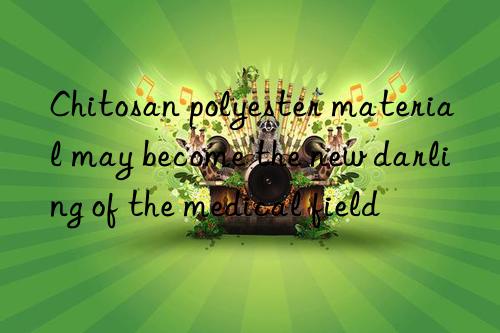
Scientists recently created a mixture of natural and man-made materials that could be used to repair broken nerves.
In the apparel industry, blending polyester with soft natural fibers such as cotton allows products to breath well without wrinkling. In a recent study, scientists woven crab shell material and industrial polyester to create a hybrid fiber.
According to study author Miqin Zhang, an expert in materials science and engineering, the manufacture of nerve guide tubes has strict requirements. It must be biocompatible, remain structurally stable in solution, and be able to effectively maintain its shape while maintaining flexibility. A guide tube that meets these conditions can be sutured to a nerve.
Just because it's difficult to make a nerve guide doesn't mean it's impossible. Modern medicine uses collagen, a structural protein derived from animal cells, to create the tiny tubes and pathways that support nerves for repair. However, collagen is expensive and may cause adverse immune reactions and rejection.
So scientists turned to crab shells. Chitosan, a substance found in the shells of crustaceans, is very readily available and cheap. And unlike collagen made in the lab, chitosan is biocompatible and doesn't trigger an immune response.
In Zhang's study, the scientists fused chitosan with polycaprolactone, a strong, flexible and biocompatible polyester fiber commonly used in surgical sutures. The combination of the two produced a new material at the nanometer scale that closely resembles the natural tissues that form the connections around human cells.
Interestingly, although chitosan comes from an aquatic animal, it absorbs water and swells in water, so the substance becomes fragile when exposed to moisture, just like collagen. The study details how chitosan overcomes this problem when polyester fibers are introduced, although the mix ratio is said to be very strict.
After perfecting the mixing process, the researchers compared chitosan-polyester fibers with another biomaterial, poly(lactic-co-glycolic acid), and a commercially available collagen guide tube, It was found that the performance of chitosan-polyester fiber material is the most stable compared to other materials so far. But there is still a lot of testing to be done before the material can be put into production.



 微信扫一扫打赏
微信扫一扫打赏
